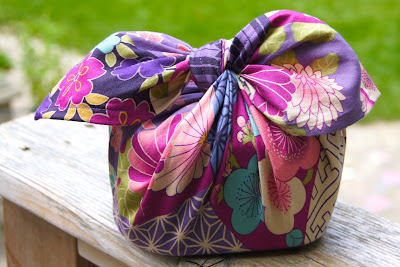Hello, reader!
 |
| Image Source: history.com |
I’m taking a short break from my travel stories with this entry to focus on a recently held celebration of the friendship between the US and Japan, marked with the blooming of the cherry blossoms in Washington, DC.
The story of the National Cherry Blossom Festival in Washington is one worth retelling because of all the work that has been done to keep the trees blooming beautifully every year. Over the years, it has grown from its modest beginnings into one of the nation’s most breathtaking springtime celebrations.
The festival commemorates the gift of 3,000 cherry trees from Mayor Yukio Ozaki of Tokyo to the city of Washington in 1912. Efforts to bring cherry trees to Washington started years before that, however. Apart from the early efforts made by various individuals dating as early as 1885, the first batch of cherry tree gifts from Tokyo arrived in 1910. The first 2,000 trees, however, were found to be diseased and had to be destroyed to protect local growers.
 |
| Image Source: bbc.co.uk |
But that initial setback did not deter the parties involved, and it was through the coordination of Dr. Jokichi Takamine, a world-famous chemist and the founder of Sankyo Co., Ltd., Dr. David Fairchild of the U.S. Department of Agriculture, Eliza Scidmore, first female board member of the National Geographic Society, and First Lady Helen Herron Taft, that the cherry trees now stand today in DC. In reciprocation, the United States government donated flowering dogwood trees to the people of Japan in 1915.
Another part of the story worth mentioning is that the cycle of gift-giving between the US and Japan came full circle in 1981 when cuttings from the trees in Washington were given to horticulturists in Japan to replace some of the cherry trees which were destroyed in a flood.
 |
| Image Source: washington.org |
The blooming cherry trees are a sight to behold. Photos can only capture a fraction of their true beauty, and if you haven’t seen the Sakura in full bloom, then I suggest that you take a trip to Washington around March to April next year to join in on the celebration.
Hi, this is Louis Habash. For more links to my travel and culture stories, visit me on Twitter.


